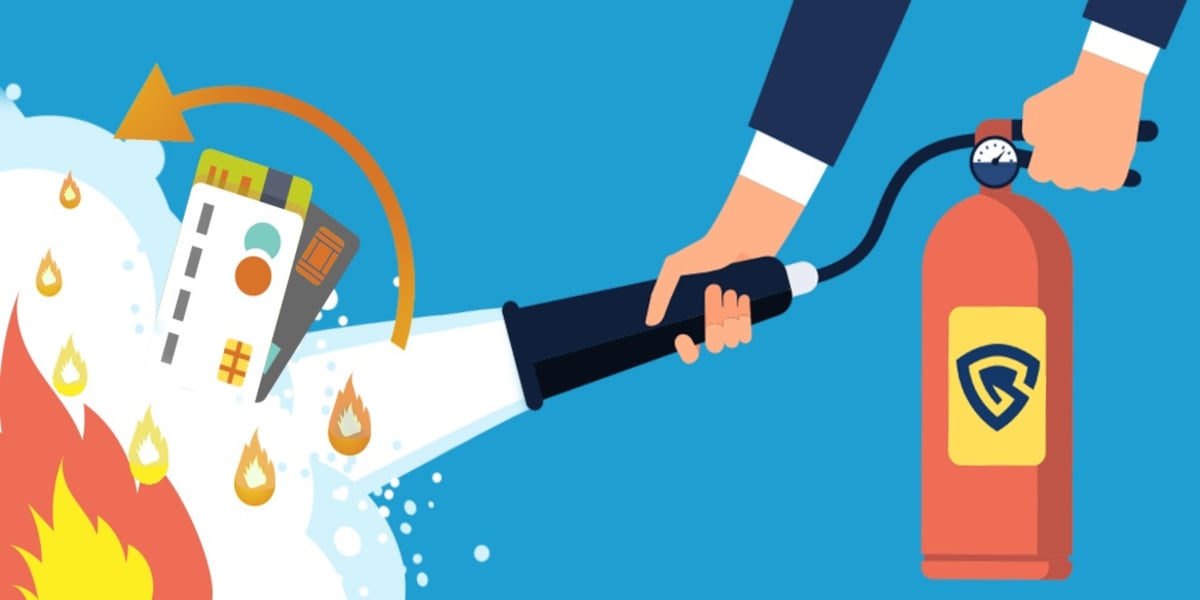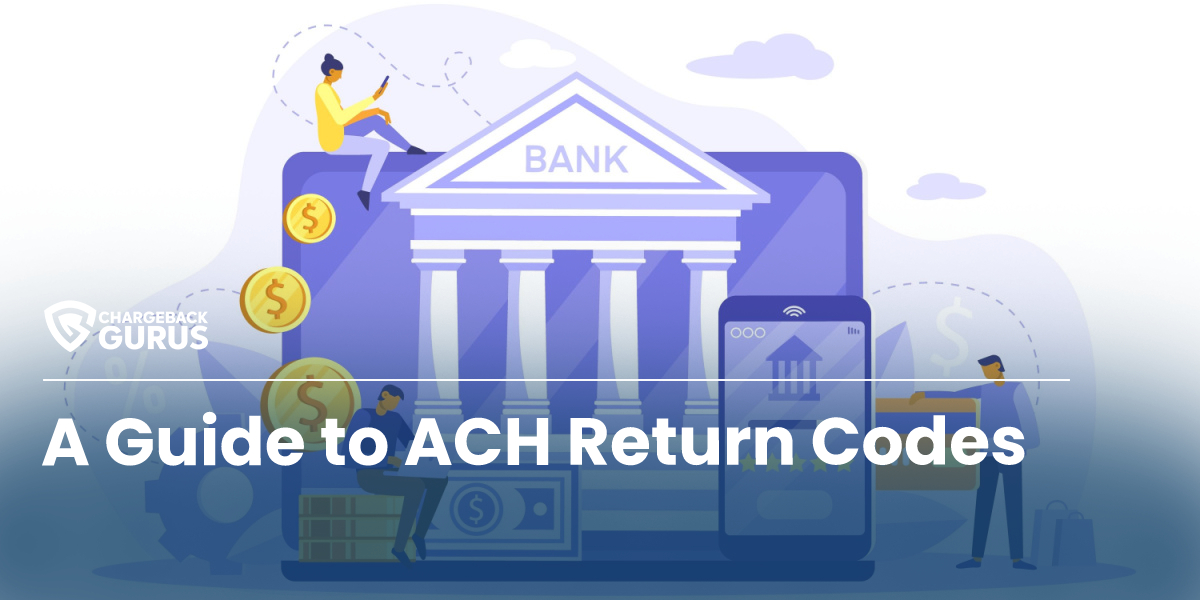Chargeback Rebuttal Letters
Table of Contents
- What Is a Chargeback Rebuttal Letter?
- How Do I Write a Chargeback Rebuttal Letter?
- Chargeback Rebuttal Letter Samples
- Rebuttal Letters: the Key to Representment
- How Do You Win a Merchant Dispute?
- How Do I Respond to Chargebacks as a Merchant?
- Does the Bank Investigate Disputes?
When fighting chargebacks, one of the most important factors is the chargeback rebuttal letter. While most merchants know that they need compelling evidence to demonstrate that the charge was legitimate and the chargeback should be reversed, the rebuttal letter is sometimes put together at the last minute without much thought.
A bad rebuttal letter can significantly reduce your chances of getting a chargeback reversed. When someone at the issuing bank evaluates your case, the rebuttal letter is the first thing they'll see. First impressions have a big impact, and your letter will influence how the evaluator will see your case. To help you succeed in representment more often, let's go over what a rebuttal letter is, what it's for, and how you can craft one that will maximize your chances of winning the dispute.
What Is a Chargeback Rebuttal Letter?
 The rebuttal letter is your chance to sum up your side of the case concisely, compellingly, and convincingly. Presenting a good argument for why the chargeback should be reversed will increase the chances that the bank will rule in your favor, even with the same evidence. Your letter should highlight your key pieces of evidence, sum up all the supporting documents you’ve offered, and make it easy to understand your case.
The rebuttal letter is your chance to sum up your side of the case concisely, compellingly, and convincingly. Presenting a good argument for why the chargeback should be reversed will increase the chances that the bank will rule in your favor, even with the same evidence. Your letter should highlight your key pieces of evidence, sum up all the supporting documents you’ve offered, and make it easy to understand your case.
How Do I Write a Chargeback Rebuttal Letter?
With that in mind, here are a few key things that every chargeback rebuttal letter should include:
- The chargeback reason code
- The amount you are contesting in dollars
- A summary of your evidence and how it demonstrates the legitimacy of the original transaction
The last bullet is extremely important, because this is essentially your case for why the cardholder's dispute is not legitimate and why the funds should be returned to you.
A good rebuttal letter will start by addressing the reason code for the chargeback. It will quickly and clearly explain why the reason the cardholder gave for the dispute is incorrect and what evidence you have to prove it.
For example, if the customer claims that they never authorized the purchase and are the victim of fraud, the rebuttal letter might state that the purchase was made using the same IP address that customer used to make previous purchases, and the product was shipped with delivery confirmation to the same address as previous purchases, which also matches the billing address on the card. It would then provide a list of the attached documentation proving each of these points.
A bank employee reading through that kind of rebuttal letter would likely respond by briefly skimming through the attached documentation to ensure it supports the claims made in the rebuttal letter, then reversing the chargeback.
 Remember, you're not writing an essay here. A rebuttal letter doesn't need flowery language, drawn-out arguments, or a counterpoint to every possible weakness someone might find in your argument or evidence.
Remember, you're not writing an essay here. A rebuttal letter doesn't need flowery language, drawn-out arguments, or a counterpoint to every possible weakness someone might find in your argument or evidence.
Adding unnecessary length to your letter is unlikely to help your case, and may actually hurt it. Needless filler can make your most important points harder to pick out from amidst the clutter and may annoy the person reviewing your case, since you're essentially wasting their time. Keep it short, simple, and to the point. Let the evidence do the talking, and as long as you've gathered the right evidence to prove your case, you should end up with a high success rate in representment.
Chargeback Rebuttal Letter Samples
Here's one example of a rebuttal letter you might write for a chargeback with a reason code indicating "merchandise not received."
Dear [Name of Recipient],
I write this rebuttal letter contesting chargeback [number] for [dollar amount]. The chargeback reason code is 13.1 - Merchandise/Services Not Received. As we demonstrate here, the transaction identified above represents the legitimate purchase of a watch from our online store, which was delivered to the customer. I am attaching the following pieces of evidence:
- Attachment A: a digital receipt from the cardholder's purchase.
- Attachment B: IP records from the time of purchase showing that the purchase came from the cardholder's area and from their Internet Service Provider (ISP).
- Attachment C: A delivery confirmation receipt showing the cardholder's signature and a delivery date of December 10, 2021.
If there is any further information you need, please contact me directly and I will respond as soon as possible. I look forward to hearing from you.
Sincerely,
[Name]
[Company]
[email address/phone number]
For other examples, you can take a look at these real-world rebuttal letters that resulted in successful chargeback reversals:
- Fraudulent rebuttal letter - Subsequent recurring
- Partial refund rebuttal letter - Chargeback for full amount
- Full refund rebuttal letter
While the general guideline for a rebuttal letter is that it should be kept to a single page if possible, more complicated cases or those requiring more supporting evidence may require a longer rebuttal letter to summarize, as demonstrated in these examples.
If the choice is between adding a second page to your rebuttal letter and leaving out relevant evidence, it's usually correct to add the second page.
However, if the paragraphs summarizing your case are pushing the letter onto another page, it's worth checking for any unnecessary or poorly-worded sentences that you can remove or rewrite.
Rebuttal Letters: the Key to Representment
Your rebuttal letter is the centerpiece of your chargeback representment case, so don’t phone it in or leave it until the last minute. When written persuasively and in a succinct, direct manner, it has the power to sway the issuer to rule in your favor (and help you recover hundreds or even thousands in lost revenue).
If you’re not sure how to go about writing your rebuttal letters, download our e-guide, The Smart Way to Fight & Recover Chargebacks.
FAQ
How Do You Win a Merchant Dispute?
How Do I Respond to Chargebacks as a Merchant?
Does the Bank Investigate Disputes?
Thanks for following the Chargeback Gurus blog. Feel free to submit topic suggestions, questions or requests for advice to:win@chargebackgurus.com










